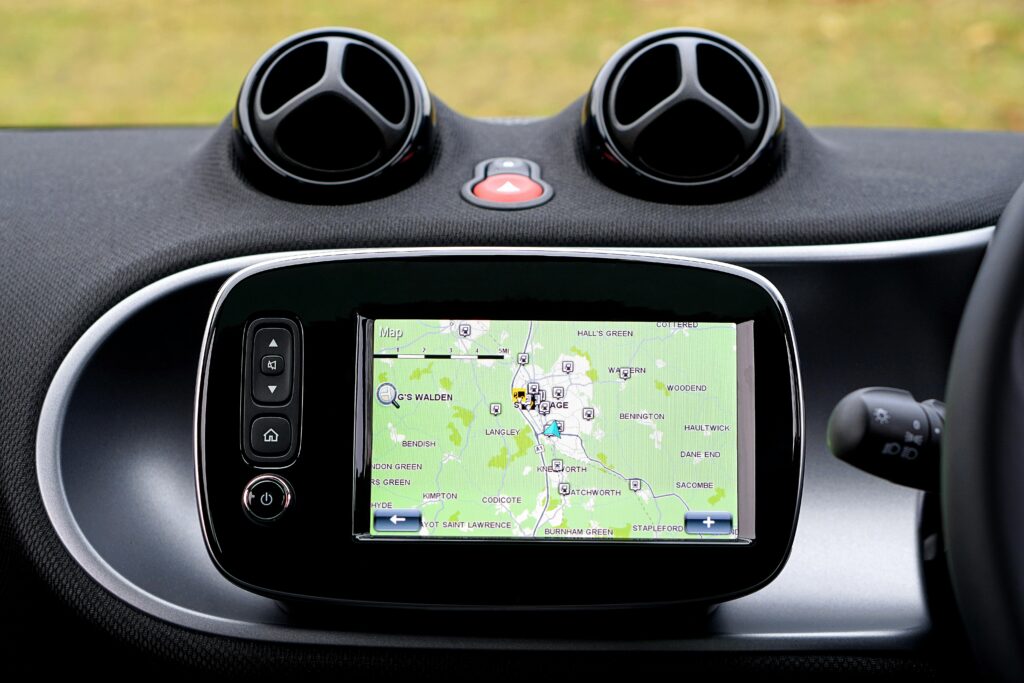
Understanding GPS Tracking Technology
GPS trackers work by connecting to a network of satellites orbiting the Earth, which transmit signals to determine the device’s precise location. Here’s a simplified breakdown¹:
How GPS Trackers Function
- Signal Reception: GPS trackers receive signals from multiple satellites, using the time it takes for signals to travel to calculate its exact location through trilateration.
- Location Calculation: The device calculates its latitude and longitude coordinates based on the signals received.
- Data Transmission: The calculated location is transmitted via cellular networks or satellite communication to a central server or user device.²
Key Components of a GPS Tracker
- GPS Receiver: Captures signals from satellites to determine location.
- Communication System: Sends location data to a server or paired device via cellular networks, Wi-Fi, or Bluetooth.
- Power Source: Provides energy to the device, typically via rechargeable batteries or vehicle power systems.³
Applications of GPS Trackers
- Vehicle Tracking: Tracks vehicles, monitors fuel usage, and ensures timely deliveries.
- Personal Safety: Provides real-time location updates for children, elderly individuals, or hikers.
- Theft Recovery: Helps locate stolen vehicles or valuable assets.
- Pet Monitoring: Tracks pets to ensure they don’t wander too far.
